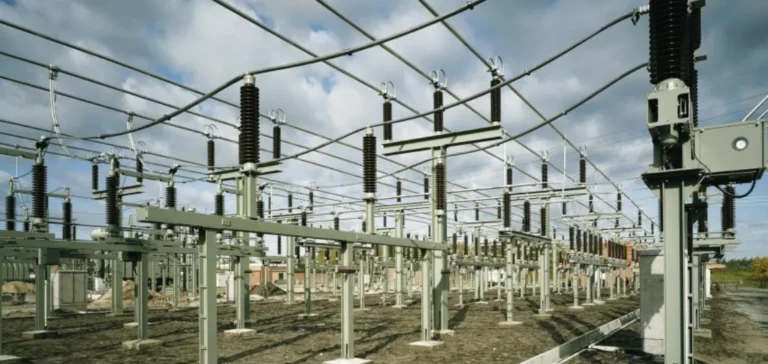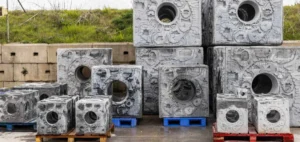The European Investment Bank (EIB) and German energy infrastructure operator EWE AG have formalised a major agreement providing long-term financing of up to €450mn. This loan is the largest granted to EWE by the EIB since the beginning of their cooperation, according to an announcement made by both parties during the 25th anniversary celebration of the EIB’s Berlin office.
Strategic reinforcement of electrical infrastructure
The investment programme associated with this operation exceeds a total of €700mn and will be deployed between 2025 and 2028. It includes the installation of more than 2,600 kilometres of underground power lines, as well as the construction and modernisation of at least 1,100 substations. These infrastructures primarily aim to enhance energy security by facilitating the integration of additional renewable energy capacities into Lower Saxony’s regional grid.
Announcing the financing, EWE AG’s Chief Financial Officer Frank Reiners stated: “This financing will help accelerate our investments in expanding and digitalising the electricity grid. It will enable rapid and secure integration of more renewable energies into the network, thereby strengthening the industrial attractiveness and energy security of our regions.”
Increased integration of renewable energies
EIB Vice-President Nicola Beer highlighted the strategic importance of investments in underground infrastructures, often unknown to the general public: “With these new underground line and substation projects, we are working with EWE to build an invisible backbone ensuring enhanced security of energy supply.”
Currently, about 95% of the electricity fed into EWE’s Lower Saxony grid comes from renewable sources. Planned investments will allow nearly 3 gigawatts (GW) of additional renewable generation capacity to be connected to the regional grid by 2028, thus supporting European and German climate objectives.
Alignment with national and European strategies
These investments by EWE AG are fully aligned with Germany’s national energy and climate plan, which foresees an 80% renewable energy share in electricity consumption by 2030. The programme also contributes to the REPowerEU initiative, aimed at increasing clean energy share and strengthening European energy supply. Furthermore, approximately 40% of the funds will be invested in cohesion regions, thereby promoting economic and social cohesion.
According to the EIB, 2024 represented a record year for electricity grid financing in Europe. The bank has distinguished itself through similar operations in several European countries, such as France, Italy, Spain, and Poland, thus supporting the construction of an interconnected and sustainable European energy market.






















